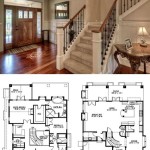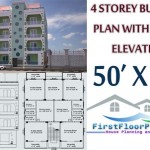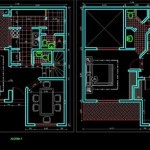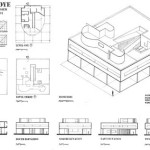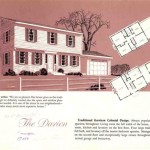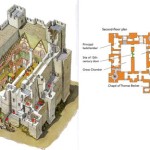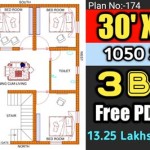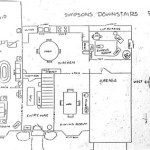Essential Aspects of Basement Floor Plans
Enhancing your home's functionality and living space with a well-designed basement requires proper floor plan. Here are crucial aspects to consider when crafting your basement floor plan:
1. Determine Purpose and Functionality:
Define the intended use of your basement: entertainment, guest room, home office, or additional living space. This will guide your floor plan's layout and room allocation.
2. Consider Ceiling Height:
Ensure adequate ceiling height, especially if you plan to use the basement regularly. Standard ceiling heights range from 7 to 9 feet, but higher ceilings can create a more spacious and comfortable atmosphere.
3. Plan for Natural Light:
Incorporate windows or skylights to introduce natural light. This not only enhances the ambiance but also reduces the need for artificial lighting and improves energy efficiency.
4. Divide the Space Effectively:
Divide the basement into functional zones based on their intended purpose. Create designated areas for entertainment, storage, laundry, or additional bedrooms.
5. Maximize Storage Space:
Utilize vertical space by incorporating built-in shelves, drawers, and closets. Hidden storage solutions, such as pull-out drawers under stairs, can maximize space efficiency.
6. Plan for Utilities and Accessibility:
Designate space for utilities like electrical panels, water heaters, and HVAC systems. Consider access points for maintenance and repairs.
7. Incorporate Safety Features:
Ensure proper ventilation and egress points in case of emergencies. Install smoke and carbon monoxide detectors, and consider adding a sump pump to prevent flooding.
8. Enhance with Details:
Add personal touches to make your basement a cozy and inviting space. Consider adding decorative elements like artwork, accent walls, or unique flooring to create a distinct character.
Additional Tips:
- Work with a professional architect or designer for optimal layout and functionality.
- Consider the flow of the basement in relation to the rest of the house.
- Take advantage of natural contours and slopes to create interesting spaces.
- Plan for adequate lighting to avoid dark and uninviting areas.
- Think about the long-term potential of the basement and design with future needs in mind.

How To Plan For A Finished Basement Chiefblog

Basement Floor Plans Types Examples Considerations Cedreo

Basement Floor Plans How To Make A Good Plan For House Layout

Basement Floor Plans

The Basement Floor Plan Making It Lovely

Basement Floor Plans Types Examples Considerations Cedreo

Finished Basement Layout Idea

Basement Finishing Plans Layout Design Ideas Diy

Basement Plans Need Thoughts Ideas Suggestions Avs Forum Layout Floor Small Design

Basement Floor Plans Types Examples Considerations Cedreo

